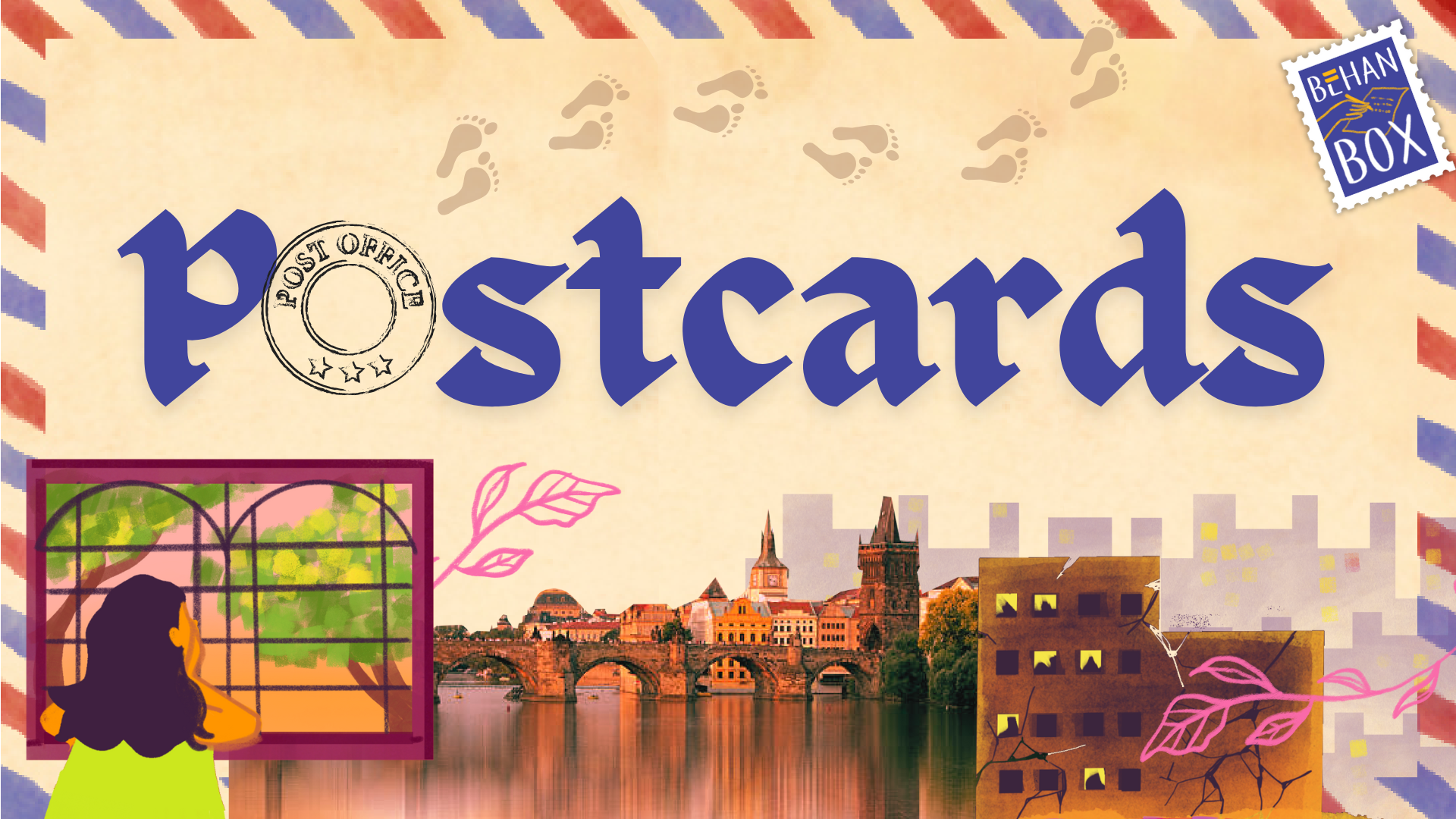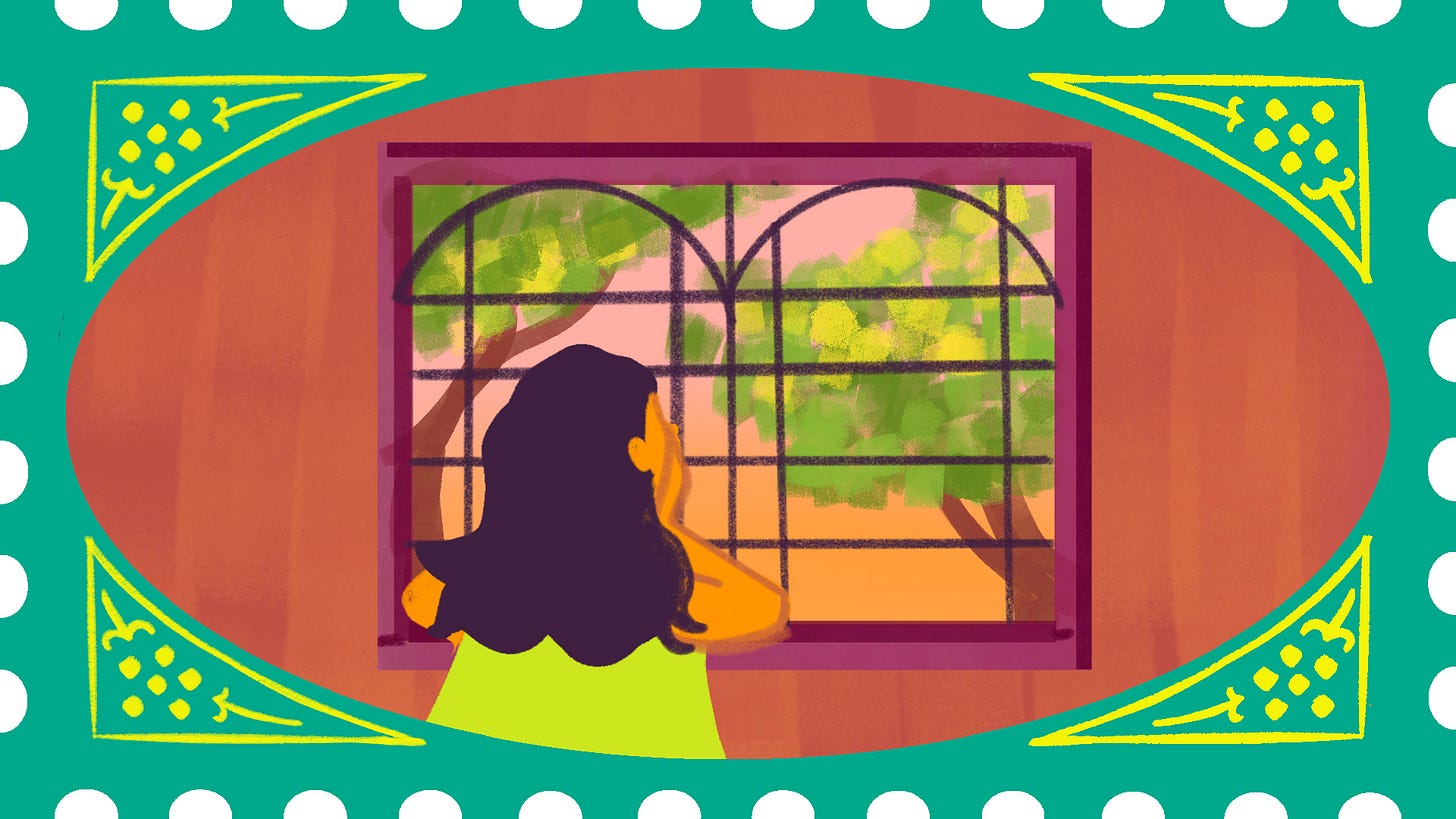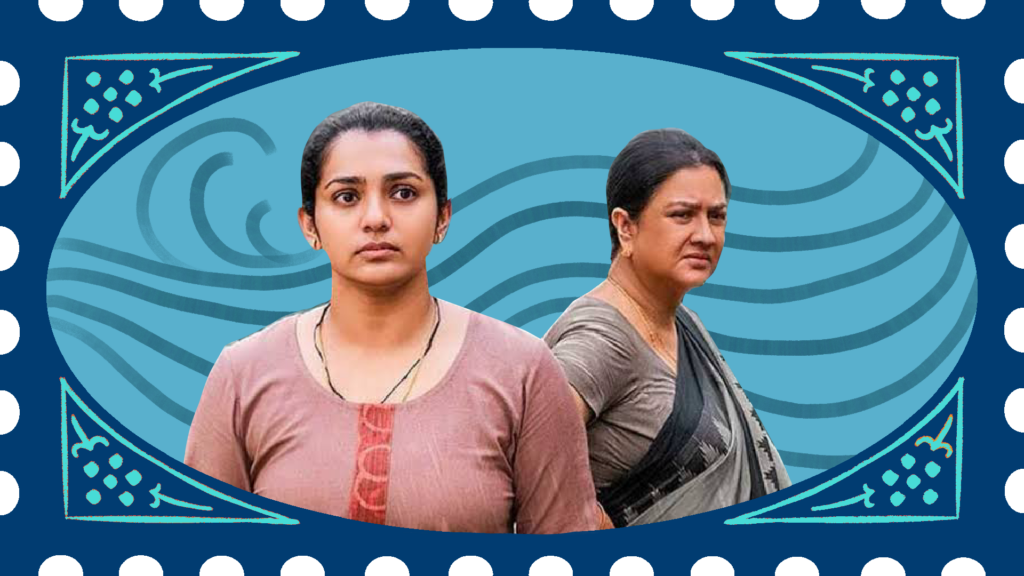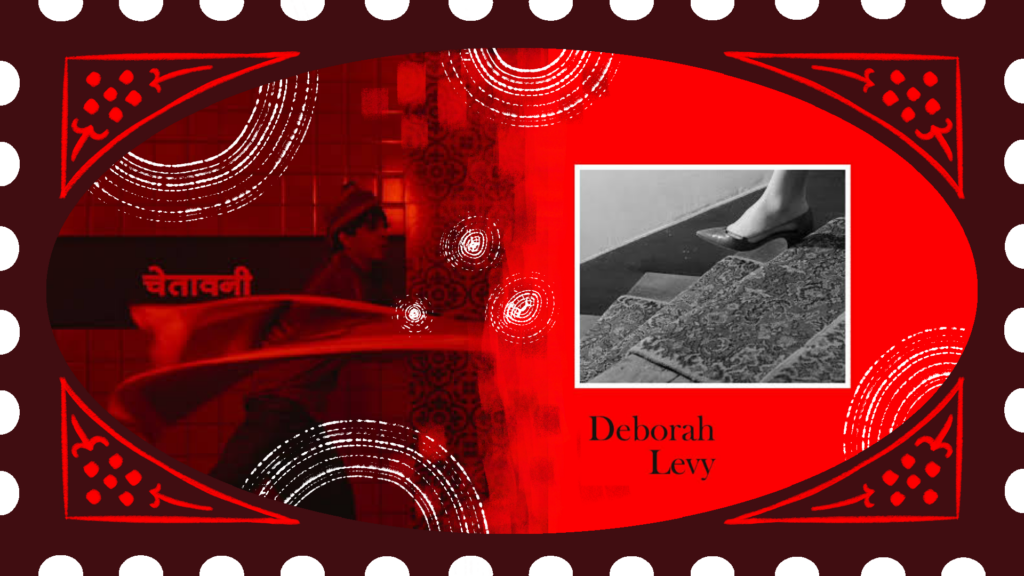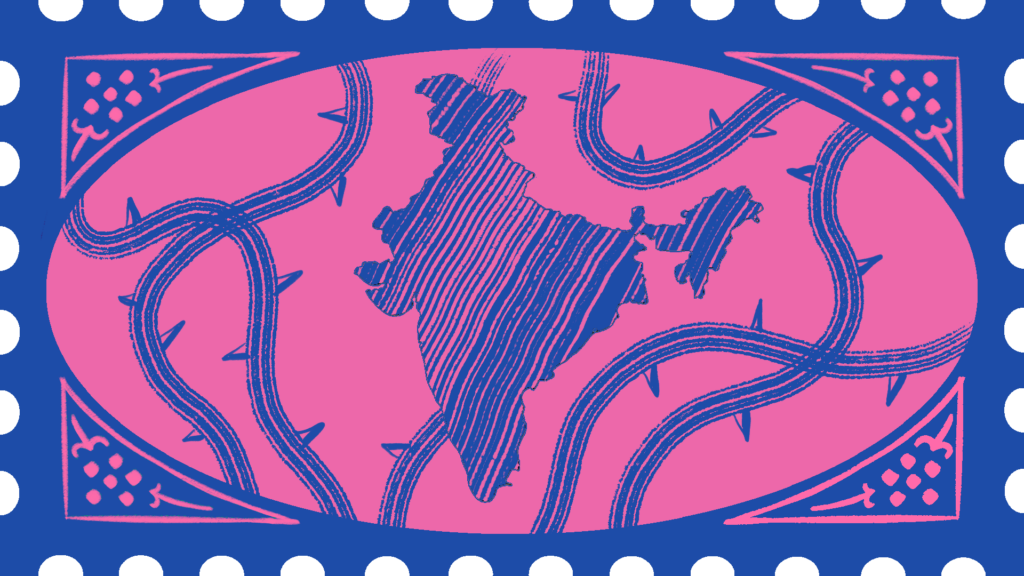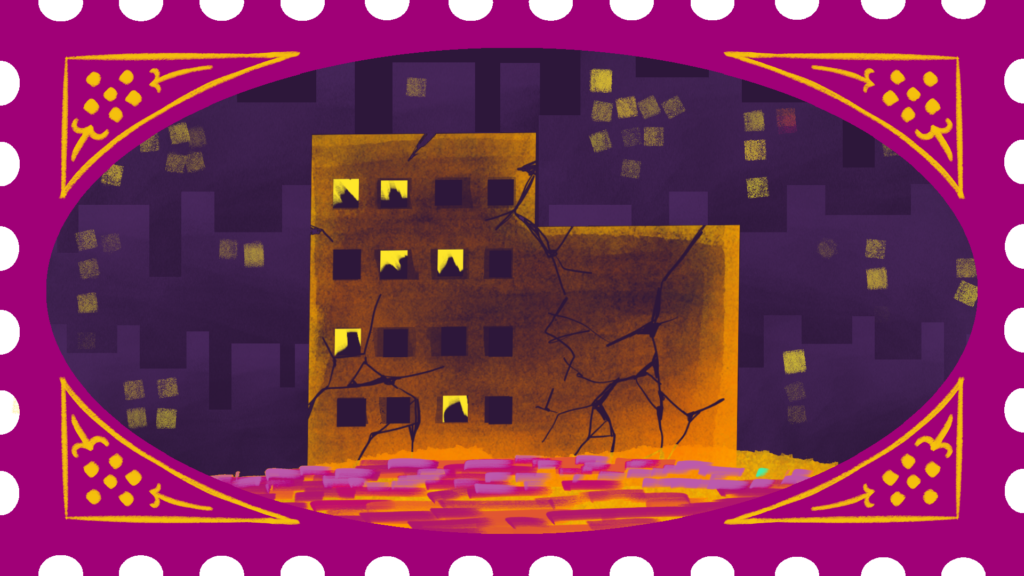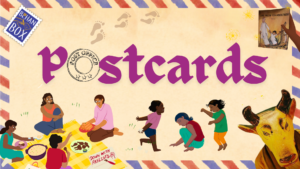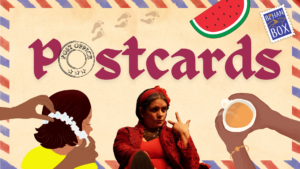[Readmelater]
Postcards: From Witnessing Charles Bridge in Prague To Watching ‘Ullozhukku’
This month in Postcards: notes about finding community in neighbourhoods, ‘Tees’ and thinking about loved ones, and the courage to hope in a flailing democracy
Support BehanBox
We believe everyone deserves equal access to accurate news. Support from our readers enables us to keep our journalism open and free for everyone, all over the world.
